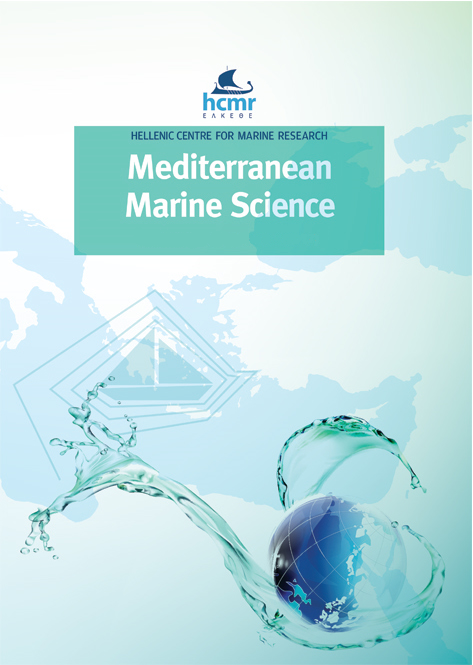Signs of northward expansion of the fireworm Hermodice carunculata in the Spanish Western Mediterranean Sea

Abstract
The bearded fireworm Hermodice carunculata is a thermophilic polychaeta typically inhabiting the warmer waters of the Atlantic Ocean and the southern Mediterranean Sea. Over the past few years, sightings of this species have become more frequent at higher latitudes along the western Mediterranean (WM) basin, raising concerns about the potential expansion of its distribution range. Here, we present new records of H. carunculata obtained from the combination of benthos monitoring programmes, local ecological knowledge, and publicly available information. Furthermore, we investigated whether a northward shift in H. carunculata distribution has occurred, based on a temporal comparison of occurrence records before and after the record-breaking marine heat wave of 2022 2023. The present study improves the picture of the geographical distribution of this polychaete in the WM: we report a total of 257 new records of H. carunculata along the Mediterranean Spanish coast. The spatial and temporal distribution of these records suggests a northward expansion of the species, according to all data sources. The mean latitude of observations increased by nearly one degree, and the northernmost sightings extended up to 2.2° beyond the previously reported limits. These findings indicate the possible expansion of H. carunculata distribution in the Spanish WM and highlight the effectiveness of combining traditional monitoring methods and local ecological knowledge for detecting changes in species distribution.
Article Details
- How to Cite
-
DE LA BALLINA, N. R., MARESCA, F., REAL, E., BAENA-VEGA, I., DÍEZ, S., MARTÍN-ARJONA, A., MALLOL, S., & DÍAZ, D. (2025). Signs of northward expansion of the fireworm Hermodice carunculata in the Spanish Western Mediterranean Sea. Mediterranean Marine Science, 26(3), 515–532. https://doi.org/10.12681/mms.39791
- Section
- Research Article
Authors who publish with this journal agree to the following terms:
- Authors retain copyright and grant the journal right of first publication with the work simultaneously licensed under a Creative Commons Attribution Non-Commercial License that allows others to share the work with an acknowledgement of the work's authorship and initial publication in this journal.
- Authors are able to enter into separate, additional contractual arrangements for the non-exclusive distribution of the journal's published version of the work (e.g. post it to an institutional repository or publish it in a book), with an acknowledgement of its initial publication in this journal.
- Authors are permitted and encouraged to post their work online (preferably in institutional repositories or on their website) prior to and during the submission process, as it can lead to productive exchanges, as well as earlier and greater citation of published work (See The Effect of Open Access).




